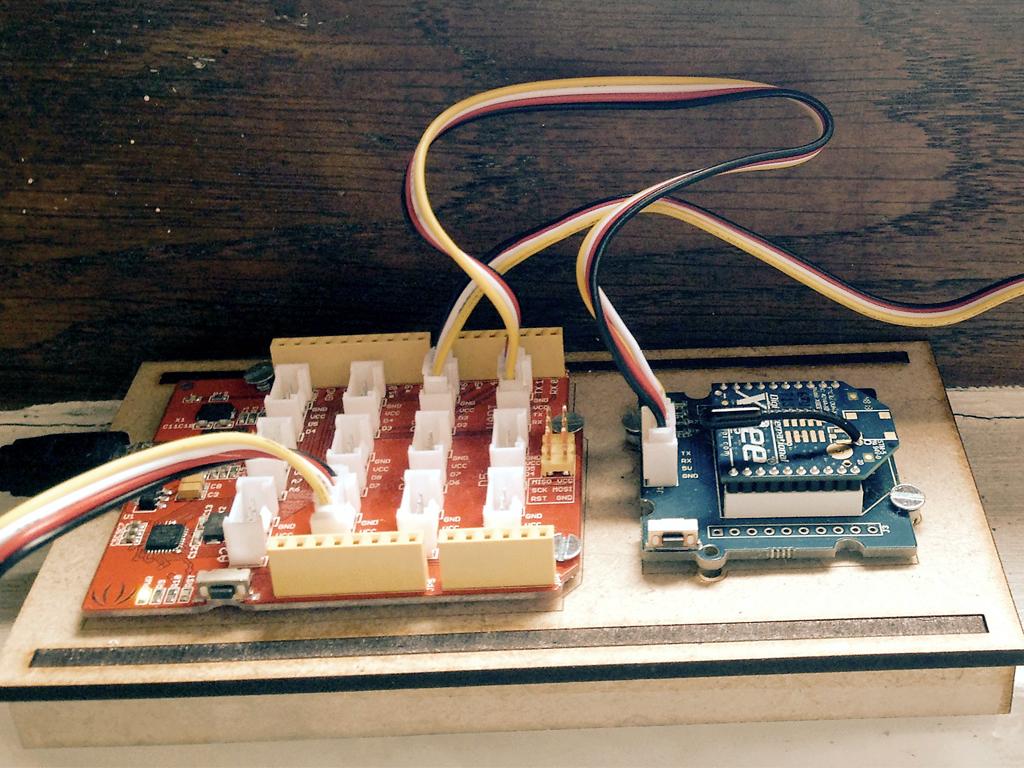In offices, one can save up to twenty percent in energy consumption with some small adaptations to daily routines. The aim of the BOCS (Building Occupancy Certification System) project is to gain insight into the situation at three offices in the larger Amsterdam region, and to develop a system that both stimulates energy efficient behaviour and increases the comfort of the workspace.
This system will consist of sensors that measure values like temperature and humidity, an interface that reflects the sensors' readings, and a tool used to enter user data (like subjective information regarding comfort). The sensors are now being tested in our own offices, and will soon be installed at three different locations. Next, during several, seasonal co-creation sessions with the users in these offices, a concept and prototype will be developed.
During the first session at Eneco in Amsterdam, users in the building worked on a prototype. We charted daily activities in the building, and looked at the factors that have an effect on comfort levels. Habits correlate strongly with the company culture; and comfort also appeared to be connected to a sense of safety, privacy, and health. One thing was very clear: saving energy is both fun and a good thing to do, but it should not disrupt the workflow.
Issues discussed included: sensors and what kind of information is desired concerning a comfortable, healthy indoor environment. Privacy is an issue, but the measurements were not seen as a threat as long as the data cannot be related to a specific employee. So, that means no sensors on the desks.
Participants wanted to know what is considered a healthy work environment. If this means a measurement like 19 degrees Celsius, everyone understands; but a CO2 level under 1200 ppm does not mean much to most of us. The same goes for the air humidy level: is 40% good? And it was not the intensity of light that was valued as important, but the quality.
Most users wanted the real-time data to be displayed on a screen, showing the desired values. All the ideas will be taken into account in the next workshop, in which we will work on a sensor box and the interface of the system with paper prototyping.
